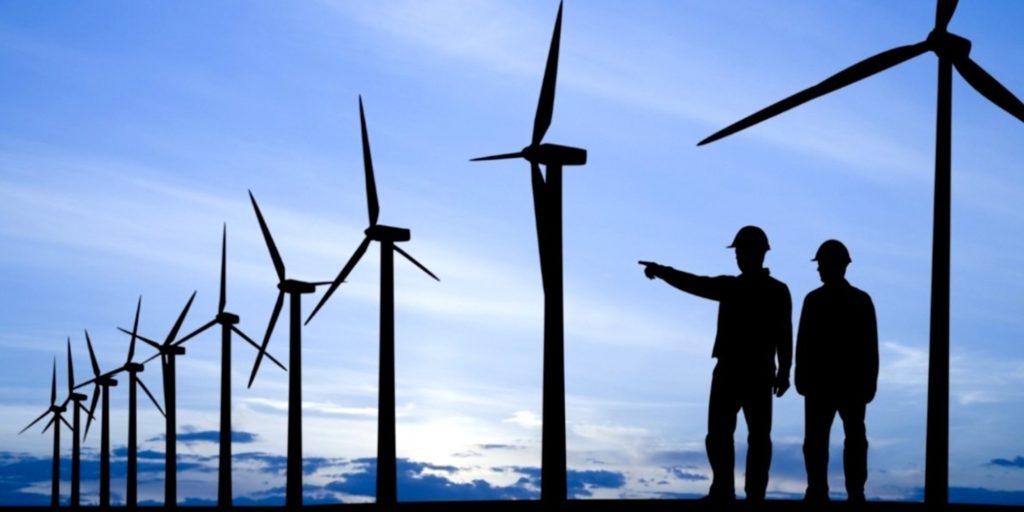November saw favourable conditions for hydroelectric and wind production
Renewable energy production supplied 87 % of the electricity consumed in Portugal in November, a month in which conditions were once again favourable for hydroelectric and wind production, REN – Redes Energéticas Nacionais announced today.
According to the electricity system manager, non-renewable production supplied 13% of electricity consumption last month, while the trade balance with foreign countries was slightly export-orientated, equivalent to 2% of domestic consumption.
In November, electricity consumption was once again considered positive, with a year-on-year increase of 3.5% (or 3.3% when correcting for the effects of temperature and working days).
In the first 11 months of the year, consumption recorded a marginally positive year-on-year evolution of 0.2% (or 0.1% when correcting for temperature and working days).
In the month of November in which “conditions were once again favourable for hydroelectric and wind production”, the former recorded a producibility index of 2.02 (historical average of 1), the third highest figure in REN’s records for this month (records dating back to 1971).
Also in hydro, a new all-time high in power delivered to the grid was recorded on 5 November, at 6,719 Megawatts (MW), up from 6,569 MW in January this year.
In wind power, the monthly index stood at 1.04, while in photovoltaics it was 0.92.
In the period from January to November, REN indicates that the productivity indices associated with renewable energies “are close to the average figures”, with hydropower registering 0.98 and wind and solar both at 1.01.
“From the beginning of the year to the end of November, renewable production supplied around 59% of consumption, broken down into wind power with 25%, hydroelectric power with 21%, photovoltaics with 7% and biomass with 6%,” the company explains.
Natural gas production supplied 20% of consumption and the import balance also accounted for 20%.
In the natural gas market, the downward trend continues, with an overall year-on-year variation of -31% in November.
In the electricity market segment, conditioned by the greater availability of renewable energy this year, there was a year-on-year drop of 64%, while in the conventional segment, which comprises the remaining customers, there was also a negative year-on-year variation, with a drop of 2.2%.
At the end of November, natural gas consumption fell by 21% year-on-year, with 42% less in the electricity generation segment and 4.1% less in the conventional segment.
According to REN, in the conventional segment this is the lowest consumption since 2009.
On Monday, the Portuguese Energy Agency (Adene) reported that renewable energies supplied 87.3 % of electricity consumption in mainland Portugal in November, broken down as follows: hydro 47.5 %, wind 30.8 %, solar photovoltaic 4.5 % and biomass 4.5 %.
“The sharp drop in non-renewable production (-61%) compared to the same month last year is noteworthy, as is the fact that the balance is once again as an exporter,” said Adene, which also highlighted the increases in hydroelectric production (+174%) and solar photovoltaics (+38%).
Hydroelectric production was higher than the sum of the other renewables, it added – all of which rather goes against the constant complaints of the capital’s ‘climate activists’, who have extended protests recently to storming conferences on green energy solutions, suggesting these too are reprehensible as they involve companies who have traditionally made their money in the fossil fuel sector. ND
Source material: LUSA


























